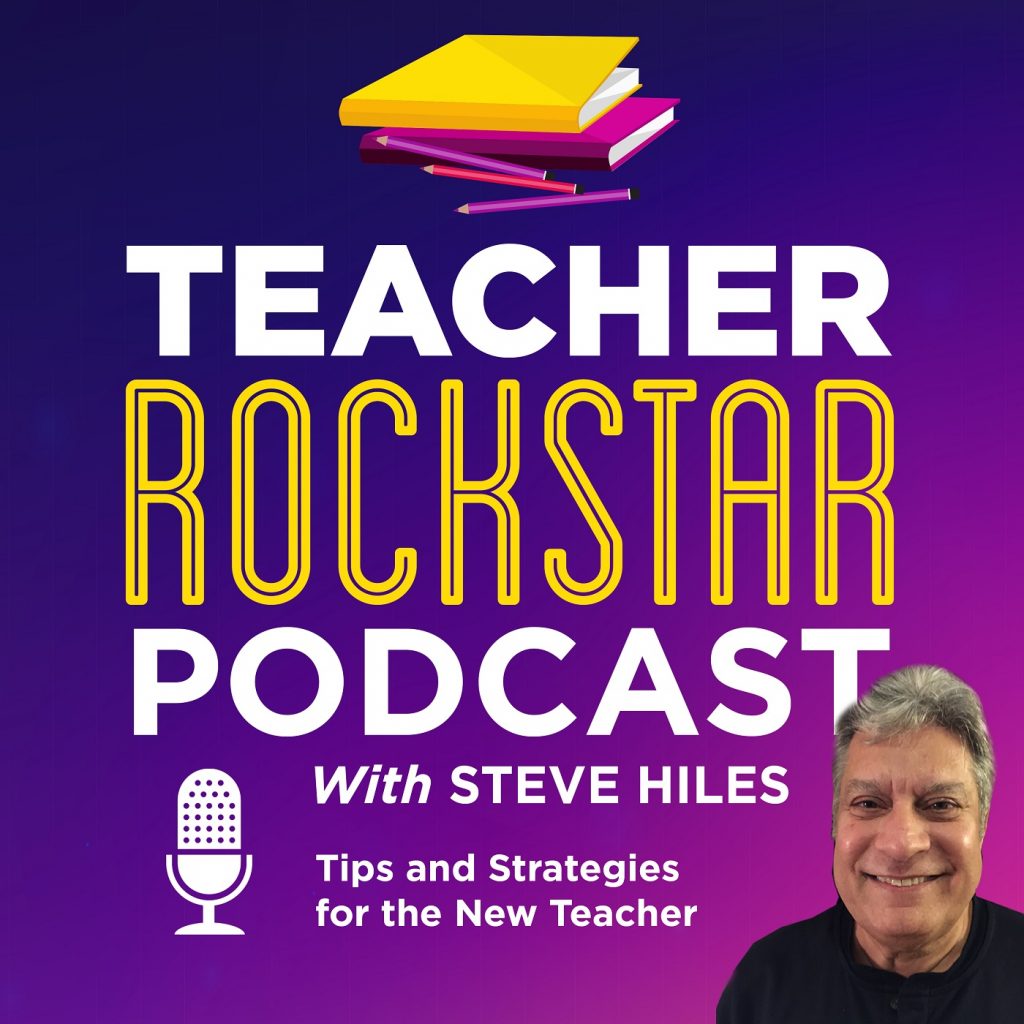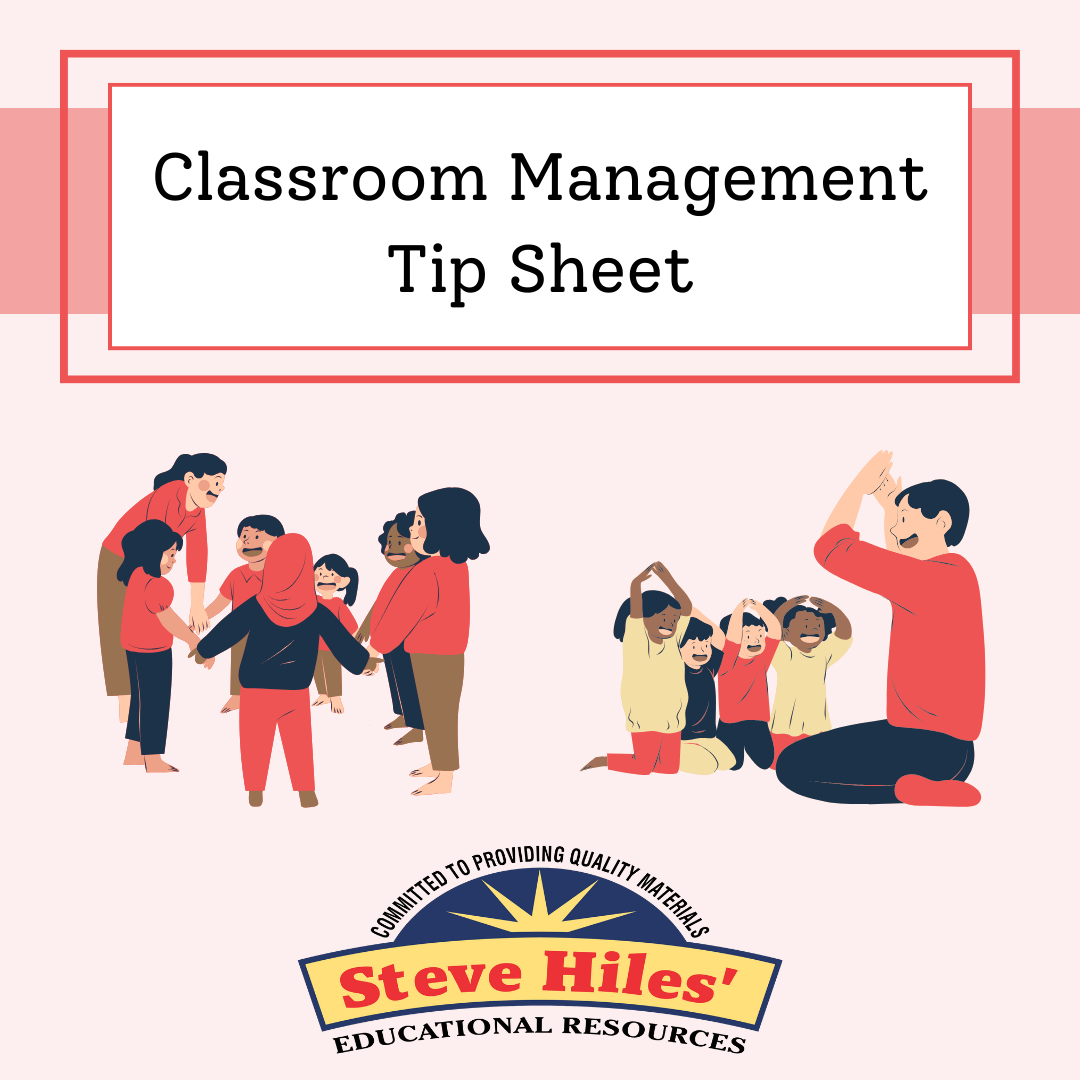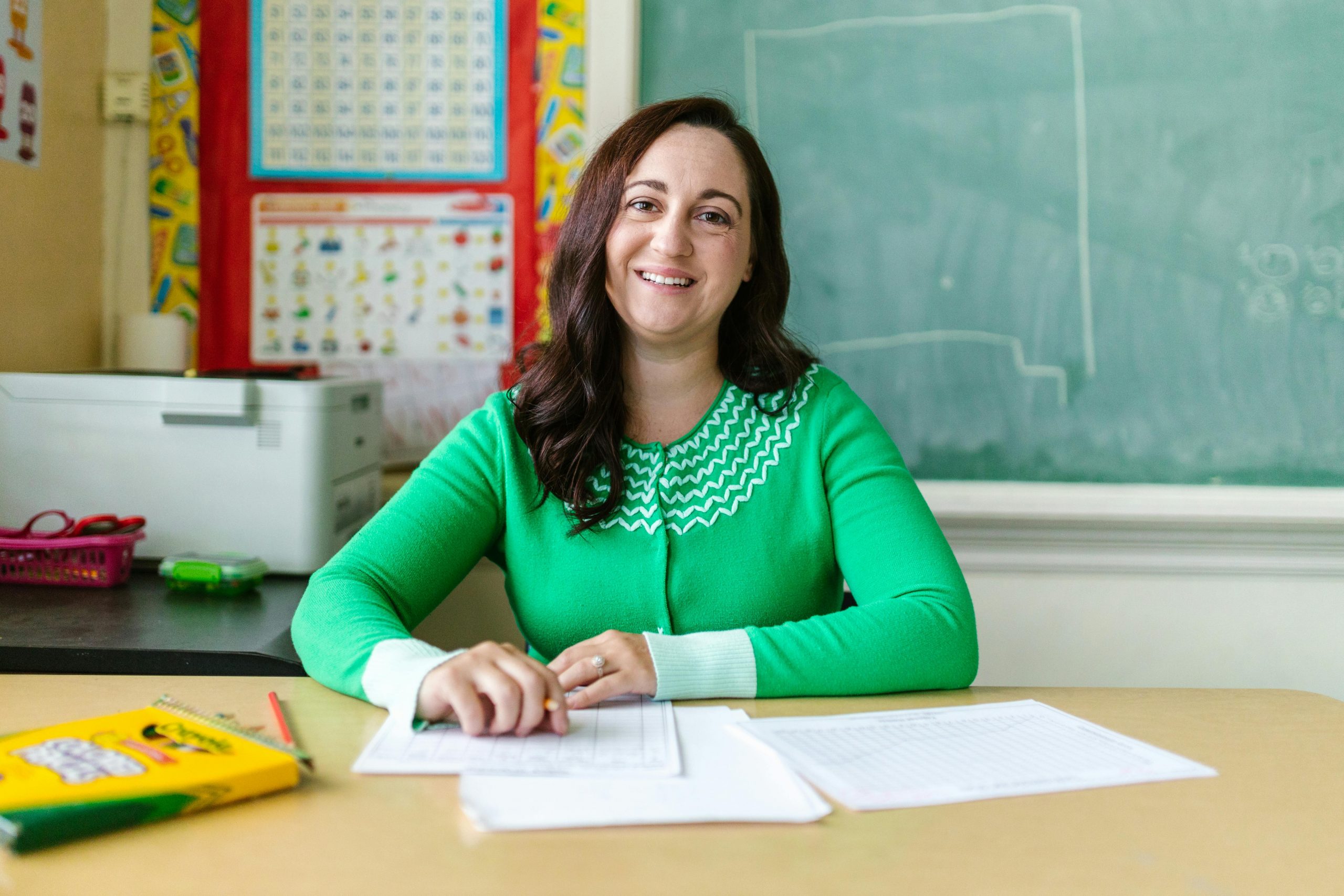Have you ever had that one student who seems to turn your classroom upside down no matter what you do? I certainly did. Let me tell you about William, a brilliant yet disruptive 5th grader who tested every classroom management strategy I knew—until I discovered the key to transforming our chaos into a thriving learning environment.
When I began teaching 5th grade, I quickly understood that handling student conduct would pose a significant challenge. My class that year was full of vibrant and clever kids, but some of them found it difficult to focus. One student, whom I’ll refer to as William, stood out. Despite his intelligence, William had a tendency to disrupt the class by speaking out of turn, distracting others and occasionally roaming around during lessons.
No matter what strategies I tried—such as reward systems, setting clear expectations or giving stern warnings—William’s disruptive behavior persisted. It was frustrating because I knew he had great potential; however, his actions were hindering both his own learning and that of his classmates.
The turning point came when I shifted my perspective on William’s behavior. Rather than viewing it solely as a problem to solve, I began to see it as a form of communication. It became clear to me that William sought attention and engagement in ways that the conventional classroom structure didn’t fulfill. This realization prompted me to explore alternative teaching approaches.

I included more interactive tasks, group projects and chances for students to move around the classroom. One effective approach was assigning William a leadership position as the class “tech helper,” in charge of managing our classroom technology and assisting his classmates. This not only gave him a sense of responsibility but also directed his energy towards constructive activities. Additionally, I took the time to personally connect with him, learning about his interests and incorporating them into our lessons whenever feasible.
Over time, I observed a significant transformation. William began taking pride in his role, showing greater involvement in our classroom endeavors. His disruptive behavior declined, and he started excelling both academically and socially. The overall class atmosphere also improved as other students followed his positive example and became more engaged.
Reflecting on this experience taught me an invaluable lesson about the power of positive reinforcement and the significance of understanding the root causes of a student’s conduct. Though it wasn’t an effortless path, witnessing William—and the entire class—thrive was immensely fulfilling. Whenever faced with challenging behavior now, I think back to William’s journey and remind myself to delve deeper beneath the surface to establish connections and provide support for my students. That is by far one of the biggest lessons that I’ve learned from that experience.









